8 Famous Garden Birds Of Ireland
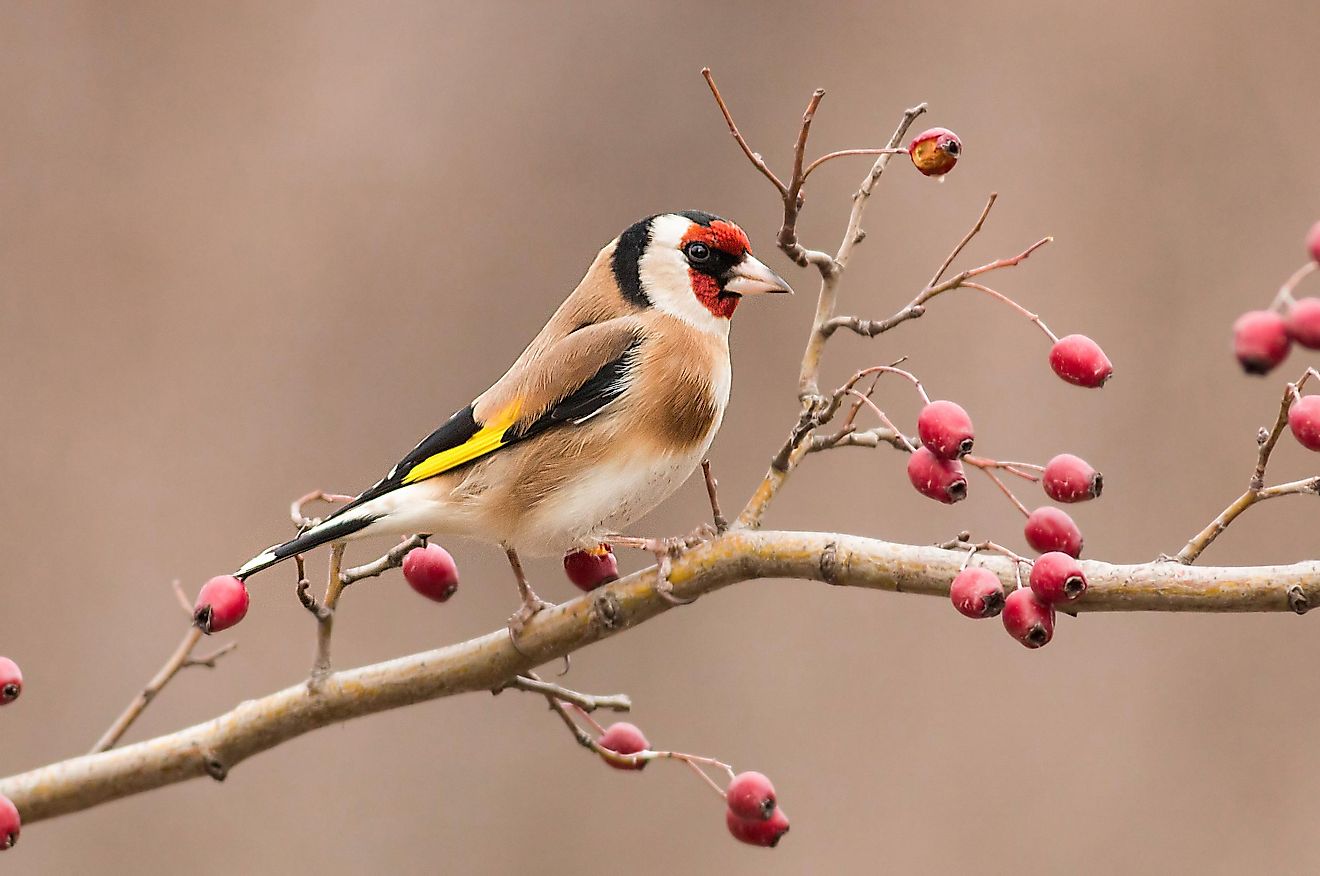
The bird variety of Ireland is comparatively low due to its separation as an island for almost 8000 years. Many species are migratory and do not breed there, but visit from Africa or proceed to the UK. Yet, the bird songs and calls are an integral part of the Irish natural environment and gardens. Even though in the winter, when the snowy weather in many US states makes for quieter days, birds in Ireland start singing as early as 4 am.
Robin
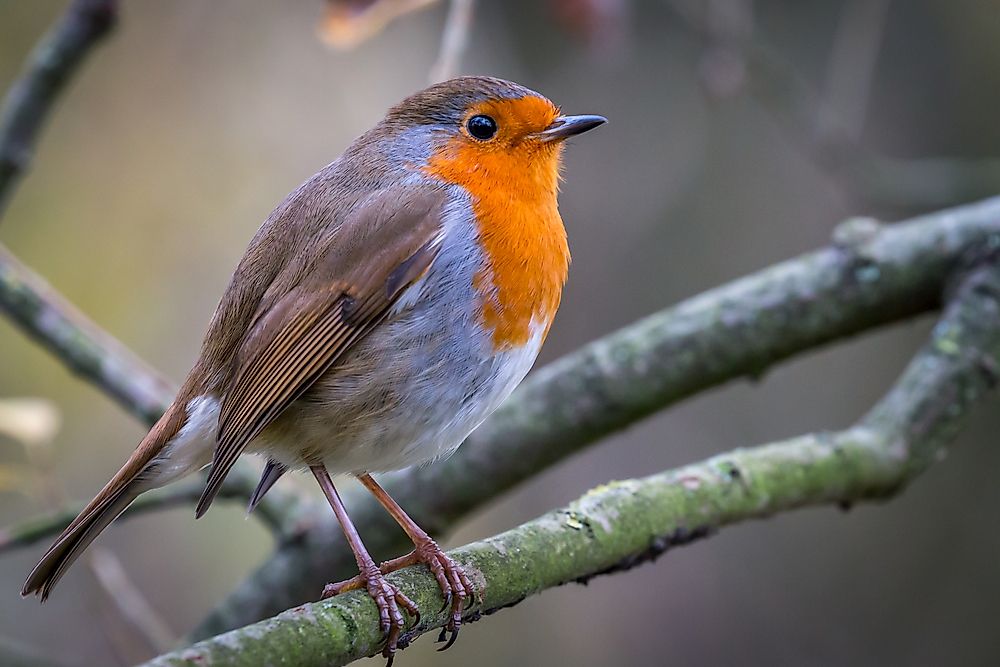
This little bird is the most recognizable in Irish gardens and parks, and the most well adapted to coexistence with humans. Often, they would follow gardeners as they work, picking up bugs and worms from the freshly turned soil. In some of the popular tourist trails, Robins learned to keep an eye on the logs and places designated for rest and taking in the view, and would approach people and even perform a few tweets in hope for food.
Generally feathered in brown and grey, mature Robins have a very distinct bright red-orange breast. Young birds mostly have protective colors without the famous red front.
Robins in Ireland sing all year round but is at its loudest during spring. Both parents take care of their young. The average lifespan, sadly, is quite short, only a couple years, but the young might stay in the same garden it was raised, continuing the “family tradition.”
Blackbirds
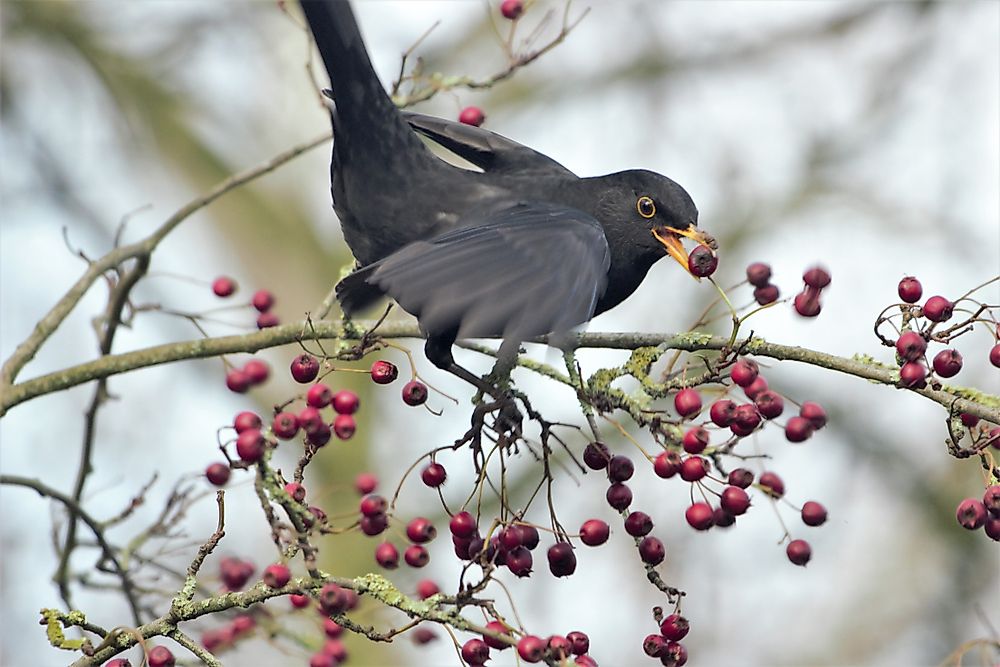
The males of the blackbirds are stunning: jet-black, shiny feathers, bright yellow beak, and eye-ring. Females are much more humble, generally brown, and with no beak or eye markings. Interestingly enough, albino blackbirds are not very rare. These birds are commonly seen in groups walking across loans and flowerbeds, picking up seeds and bugs. Their eggs have a beautiful blue or green shade. The behavior of the young is very entertaining, as they quickly reach the size of an adult female, but continue chasing their mothers, loudly begging for food. Male blackbirds are great singers, with a strong and flexible voice with a variety of melodies and sounds with few repeated phrases, so their song sounds very elaborate.
Starling (Druid)
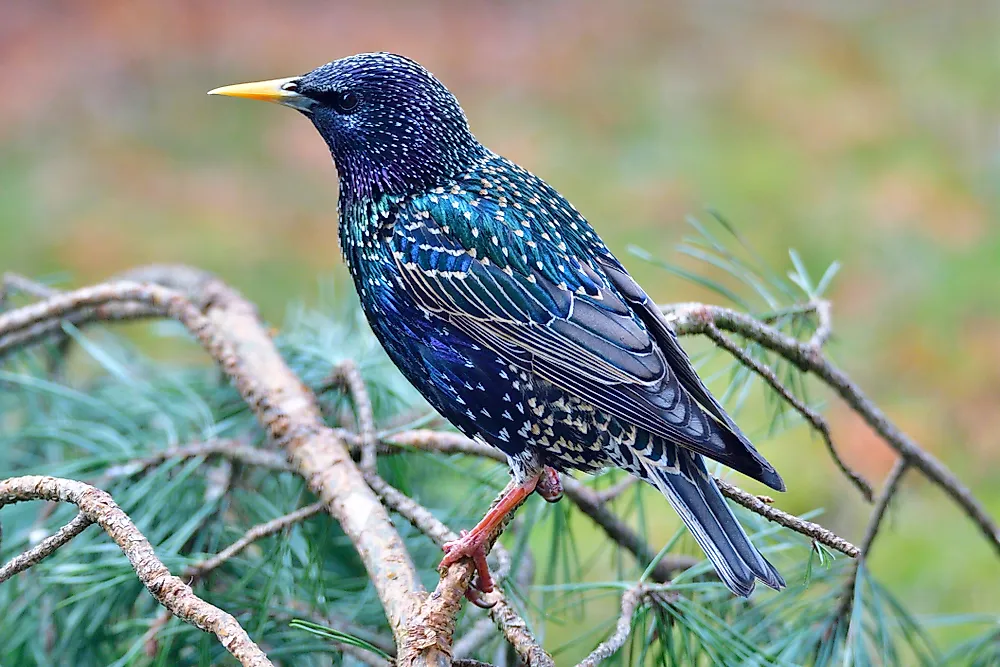
Starlings are often confused with blackbirds, mainly because they also feed on the ground and have a somewhat similar appearance. Starling males are dressed in black feathers with blue-green sheen with a few spots. Legs are pink, and the beak is yellowish. Starlings are smaller than blackbirds and have spots. Starlings are also a migratory species, and they tend to gather in huge and recognizably chatty flocks when it is time for them to move on.
Chaffinch
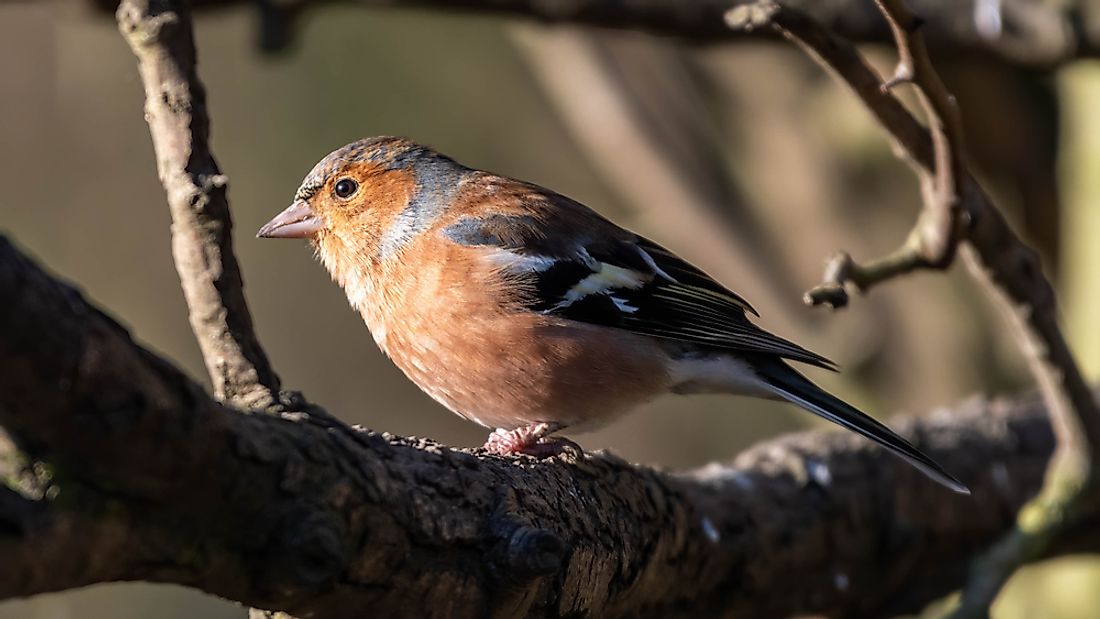
In Ireland, finches earned their reputation as the birds who are not very road-wise: they often gather on the roads in summer to pick up grains or insects, so the drivers have to be careful. Chaffinch is a beautiful bird: females have a similar pattern with slightly muted colors, but males sport rosy and pink bellies and breast, blue crowns, pink legs, olive body, and a white underbelly.
Their song is loud, and flowery tends to be repeated every few seconds.
Goldfinch
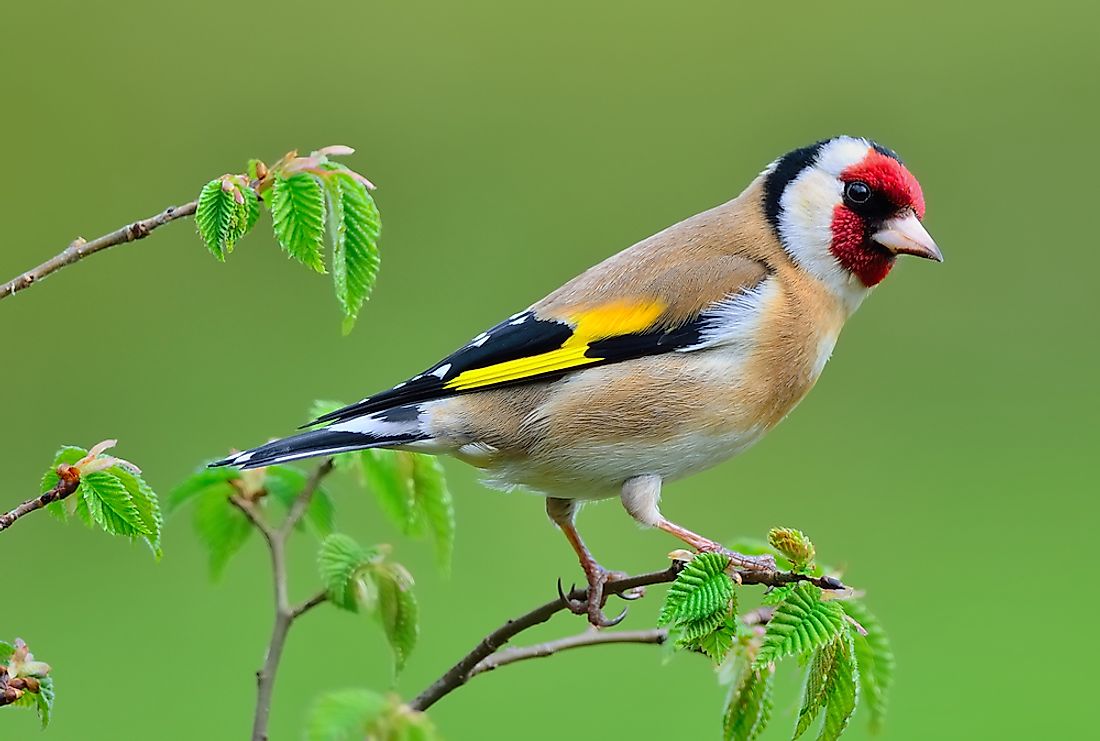
It is a relative of Chaffinch but with a more striking appearance, with bright yellow and black wing coloring in flight. Goldfinch has pink legs and a beak and red face. Goldfinch is also a more skilled singer: the song is long and beautiful, with a mix of thrills, tweets, and characteristic fluid passages.
Magpie
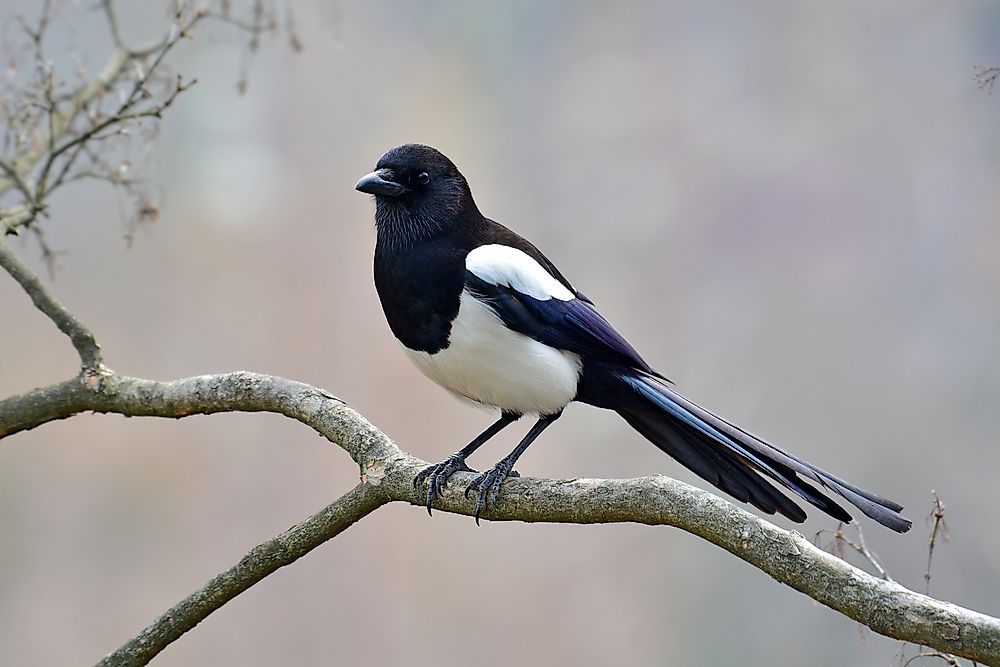
Magpies are impossible to mix up with any other breed: long black tail, rounded wings with a blue sheen, contrasting white body, and black beak, head, and feet. In captivity, they are able to live for up to 21 years, and up to 5 years in the wild on average. Magpies are a very successful species, and they can be seen throughout Ireland. While they can be a little noisy and can, at times, raid the trash bins, they are also stunning, incredibly intelligent, and very entertaining birds to have around. Their intelligence and their comprehensive diet that includes everything from roadkill to fruits are the staples of their success in urban and suburban environments.
Magpies gained a negative reputation with birdwatchers as they sometimes take eggs of songbirds during the breeding season. Still, the studies confirmed that they do not have a significant impact on the songbird population, and the main culprit in wiping out the smaller birds offspring is local cats.
Wren (Dreoilín)
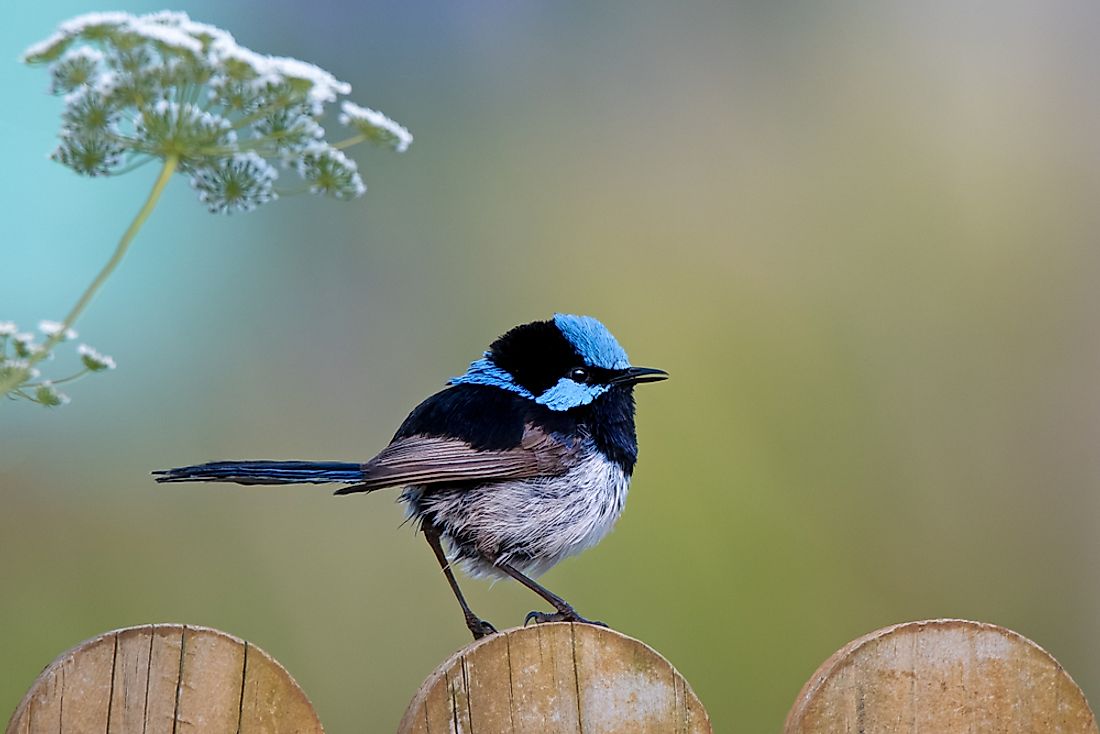
Wren used to be an important bird in the Celtic tradition going back to Neolithic times. Wren hunt day (Irish: Lá an Dreoilín) or Wren Day has been replaced by on St. Stephen’s Day on 26 December. Up to the 1900s, the bird was hunted by wren-boys, tied to a staff or a pitchfork. The origin is thought to be the midwinter sacrifice or celebration ritual, seeing that the Celtic mythology considered the wren to be a symbol of the year that has passed, a “winter king” for its habit of singing even in mid-winter.
Wren is tiny, the third smallest bird in Ireland; it has a masking plumage and spends most of its time deep in bushes or hedges, commonly heard but not seen. Contrary to its mystical reputation, Wrens have a very short lifespan and often die in colder winters. The song is loud and full of energy, and the bird often characteristically cocks its tail very high when singing.
Goldcrest
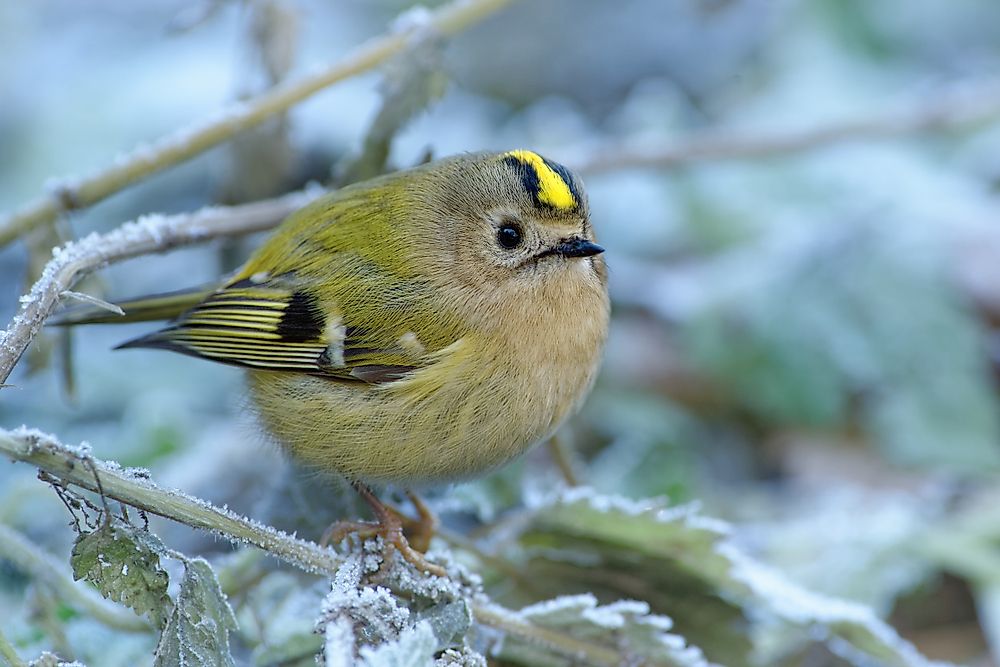
Goldcrests are a tiny, cute bird: the smallest bird in Ireland weighing just 6 g! They feed on spiders, mall insects, and caterpillars picked up from the leaves as they are not equipped to dig the soil. The adults are hard to mix up with any other bird because they have a striking stripe on top of their head: orange on the male, yellow on the female, with the contrasting black rapport. They are not the most impressive fliers, with dips and wing flapping in midflight; they prefer to jump or hover from branch to branch in the undergrowth they typically inhabit. Its call is high pitched, with four rapid repetitions of the call before a similar but longer phrase. Their eggs are just 14 mm in size.











